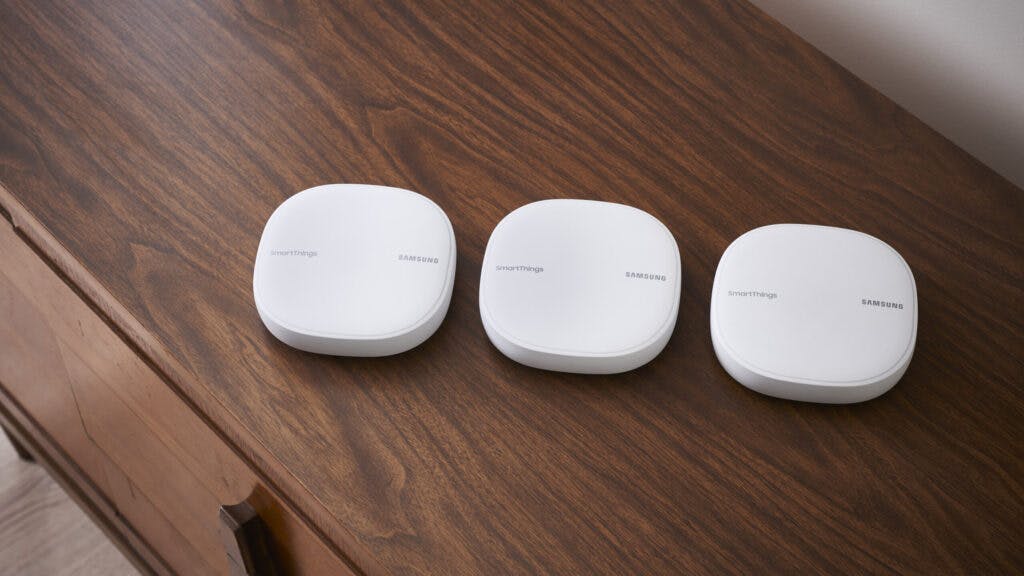Is Lutron Caseta Z-Wave or ZigBee Compatible?
When you buy through our links, we may earn an affiliate commission.
If you’re in the middle of transforming your home into a smart home, then you have probably come across Lutron Caseta. And, if you’re considering installing Lutron Caseta in your home, you may be wondering if it’s compatible with Z-wave or ZigBee so you can maintain all your smart devices with one hub.
Lutron Caseta isn’t compatible with Z-Wave or ZigBee smart hubs because it operates on a different radio frequency. Instead, it uses its own mesh network protocol to connect to a dedicated hub.
In the remainder of this article, we’ll explain the compatibility between Lutron Caseta devices and Z-wave and ZigBee hubs, in addition to Z-wave and ZigBee-based devices.
Is Lutron Caseta Compatible with Z-Wave or ZigBee Hubs?
As mentioned earlier, Lutron Caseta is not compatible with Z-wave or ZigBee hubs because it works on a different radio frequency to connect to a smart hub. (Generally, if a smart home device doesn’t run on the same frequency as the smart hub, then it is not compatible with it.)
Some smart devices use the ZigBee protocol, which runs on the frequency of 2.4 GHz, while the Z-wave protocol runs on a frequency of 908 MHz. Lutron Caseta runs on its own custom radio frequency of about 431 MHz (although it works similarly to the ZigBee protocol).
So, for Lutron Caseta devices to work, they must use a hub that runs on the same frequency, and for now, there is only one smart hub made by Lutron Caseta that is compatible: the Lutron Caseta Wireless Smart Bridge Hub.
Is Lutron Caseta Compatible with Z-Wave or Zigbee Devices?
Lutron Caseta is currently not compatible with Zigbee or Z-wave hubs. It does, however, work with other Zigbee and Z-wave devices such as:
- Amazon Alexa
- Google Home
- Apple HomeKit
- SmartThings
Can You Use Multiple Protocols for a Smart Home?
Each protocol has its benefits, so the one you use for your smart home will mainly depend on the type of devices you plan on using. Ultimately, it is often better to stick to one protocol as much as possible to improve the reliability of the connection between your devices and smart hub.
For example, for Lutron Caseta users, this may look like having one hub for Lutron devices and a second for Z-wave devices. Or, you can have one hub for Lutron Caseta and a second for Zigbee devices.
Which Protocol Works Best in a Home with Lutron Caseta?
The advantage of Z-wave supported product is the distance between which they can connect to a hub. Unlike ZigBee products, Z-wave devices can connect to the hub from about a couple of hundred feet away. Z-wave devices might also offer a more stable connection since it operates on a radio frequency that isn’t used very much, so there is less traffic.
What sets apart ZigBee from Z-wave is the shorter length of the connection. A single ZigBee device cannot connect to the hub from more than 50 feet away unless you purchase more ZigBee compatible devices. Having more ZigBee compatible devices in your home means that you can set ZigBee devices further since their signals bounce off one another to reach the hub.
However, with ZigBee devices, you might also experience congestion issues or slower connection speeds since it runs on a more frequently used radio frequency, unlike Z-wave.
But, despite all the information above, you are better off having a mix of Lutron and Z-Wave-operated devices instead of mixing Lutron with ZigBee.
For example, if you have a room with two different smart home devices in it, one Z-wave operated and the other Lutron operated, you could group these devices through an app. Many apps allow you to group devices using different protocols to manage it from one screen instead of having to jump from a screen that has only Z-wave devices to another screen that has only Lutron devices.
Conclusion
In summary, Lutron Caseta is not compatible with smart hubs that use Z-wave or Zigbee, primarily because the two protocols run on a different radio frequency. If you want to use Lutron Caseta devices, you’ll need to get a separate hub specifically for them. And if you still want to manage other smart devices that aren’t compatible with the Lutron hub, it is often best to go with a Z-wave protocol for your secondary hub over Zigbee.
However, just because Lutron Caseta doesn’t work with Z-wave or Zigbee hubs doesn’t mean that it isn’t compatible with Z-wave and Zigbee devices. Lutron Caseta is compatible with several other smart home solutions, like various smart ecosystems, speakers, alarm systems, and thermostats.

